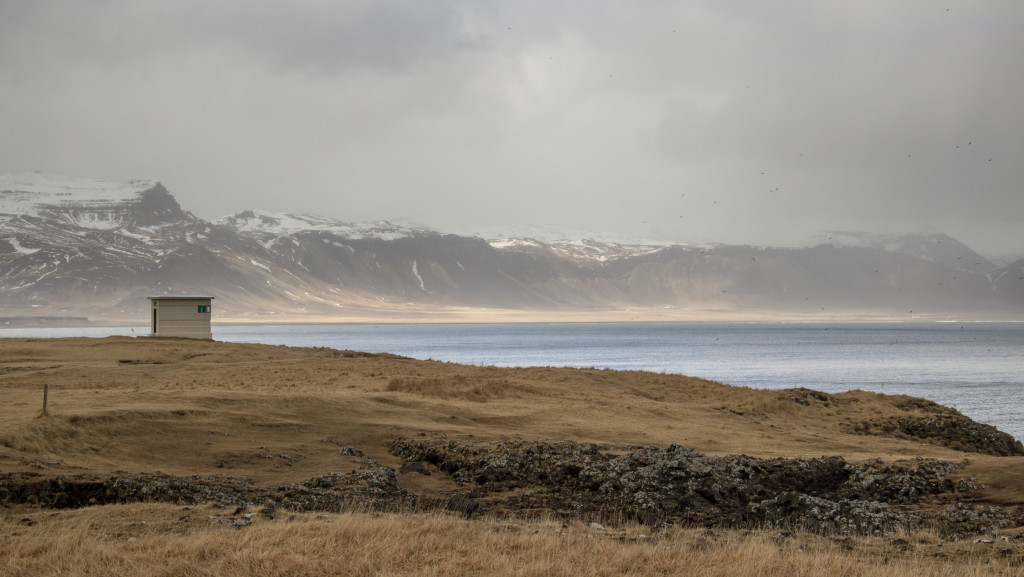Basic packing list for day tours
There is no such thing as the ultimate, all-included packing list. What you have to pack will depend on the season, specific weather conditions in the area, and personal preferences. Winter backpacking and high-altitude trekking require adjustments to accommodate these specific climatic conditions.
Yet, when you are planning a day tour, keep in mind that:
- the weather can change (and often does)
- there are no shops or restaurants along the trail
- mobile phones do not have a signal in most parts of wilderness areas
In general, a basic list for summer day tours in wilderness regions could be as follows. Keep it simple, pack the essentials only (and read our article Getting started – 1pack2go). These should prevent you from getting hurt, lost, wet, cold, hungry, or thirsty. In short, what you pack relates to the basic needs: safety, shelter, fire, water, and food.
Equipment
- Backpack – well-fitting and not too heavy
- Paracord- minimum length of rope should be 2 meters. A Paracord bracelet works fine
- Knife – a lightweight multipurpose knife
- Fire steel
- Matches and lighter
- Map – a detailed map of the area
- Compass
- Tarpaulin (tarp) or large poncho – lightweight and waterproof, will make a shelter if needed
- Sunglasses
- Sit pad (optional)
- Photo camera (optional)
Clothing
- Underwear in wool or synthetics, no cotton for the next-to-skin layer
- Ankle or knee socks in wool or a wool/synthetic blend
- Shirt (preferably long-sleeved, sleeves can be rolled up) or light fleece pullover
- Warm woolen pullover or a fleece combined with a light vest (down or synthetic filling)
- Trekking trousers
- Windproof and waterproof jacket
- Waterproof overtrousers
- Cap or hat, a headband when it’s really hot
- Gloves or mittens, fast drying
- Footwear: trekking boots or shoes, or rubber trekking boots for harsh, wet weather
Food and water
- Thermos flask with about 1-liter water, tea, or coffee
- Mug or cup
- Little water bottle (to fill from the streams)
- Lunch (sandwiches, rolls) and extra’s: chocolate or muësli bar, a packet of crisps
Personal care and first aid
- Sunscreen
- Mosquito/insect repellent
- Wipes and a little plastic bag
- First aid kit (at least anti-septic wipes, bandage, scissors and tweezers, a tick tweezer, wound closure strips, and fabric plasters)
- Personal medicines (including antihistamines in case of allergies)
Optional
- Whistle (may come in handy when making trekking tours with children; attach the whistle to their jacket or trousers)
- Buff (the seamless tube you can use for almost anything)
- Mosquito head net
- Strap of duct tape
- Water filter
My indispensable extra’s include a square-sized cotton scarf that may be used as a headband, a belt, or else knotted into a basket for berry picking, or even as a fast-drying towel. The already mentioned buff is one of the above-listed essentials because of the prospects for multi-purpose use as well and its small size, fitting into every pocket. It may serve as a cap or hat, a headband, or a neckwarmer. Not the city looks but it does the trick. Besides: if you are wondering why the crisps are listed above, there is a simple explanation: a lot of calories in a lightweight packet!
Hiking with children
Children may carry their own backpack, stuffed with their essentials: an extra fleece, a cap, a neckwarmer, a headband, sunglasses, and their own water bottle. An extra pair of socks too. Mysteriously, children manage to get their socks to be wet or to lose one even while wearing shoes! If they insist on packing their favorite soft toy, that is fine. Make sure you fasten it in whatever way to the backpack to prevent that it will be lost somewhere along the way. It always is rather a long walk back, in order to search and find the valued object.
And what about trekking with baby’s or toddlers? They are known for becoming tired and for that reason moody. It is stating the obvious but an extra dummy should be packed in any case. No one is amused when your baby cries his eyes out for hours, due to sheer discomfort. Hiking carriers are great for bringing your child into the outdoors, but remember that the child’s heat or cold sensation is not the same as yours. Keep the head covered and use long sleeves. It just takes a minimum of organizing.
Featured image: Olivier Overberg
Leave a Reply
You must be logged in to post a comment.






